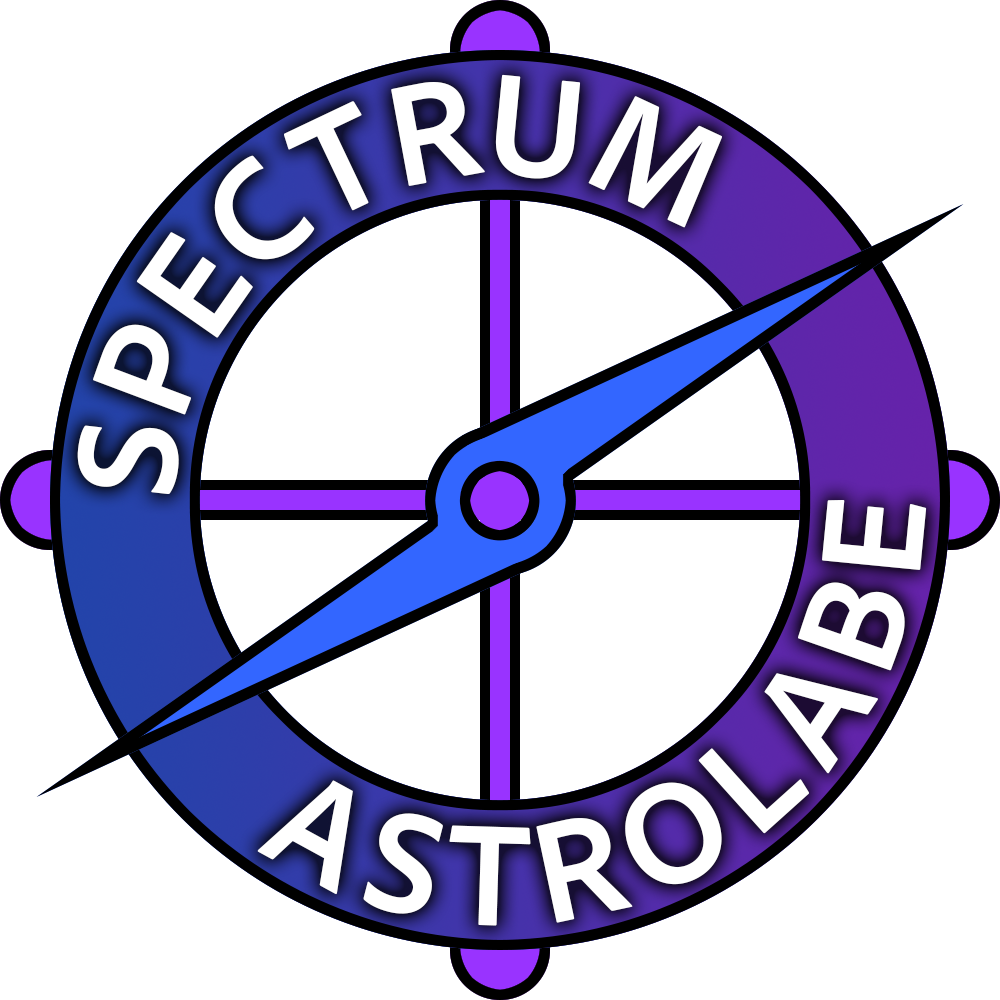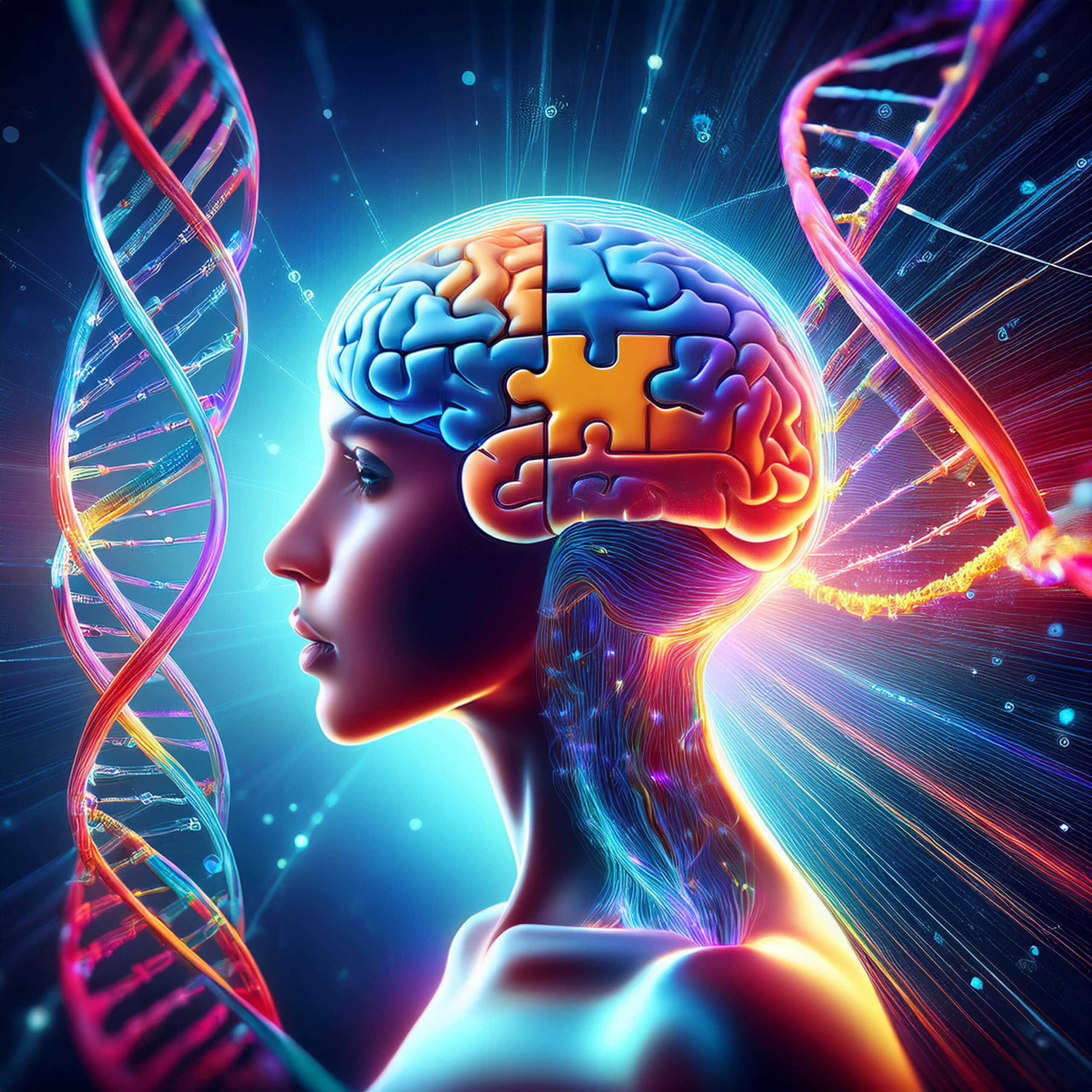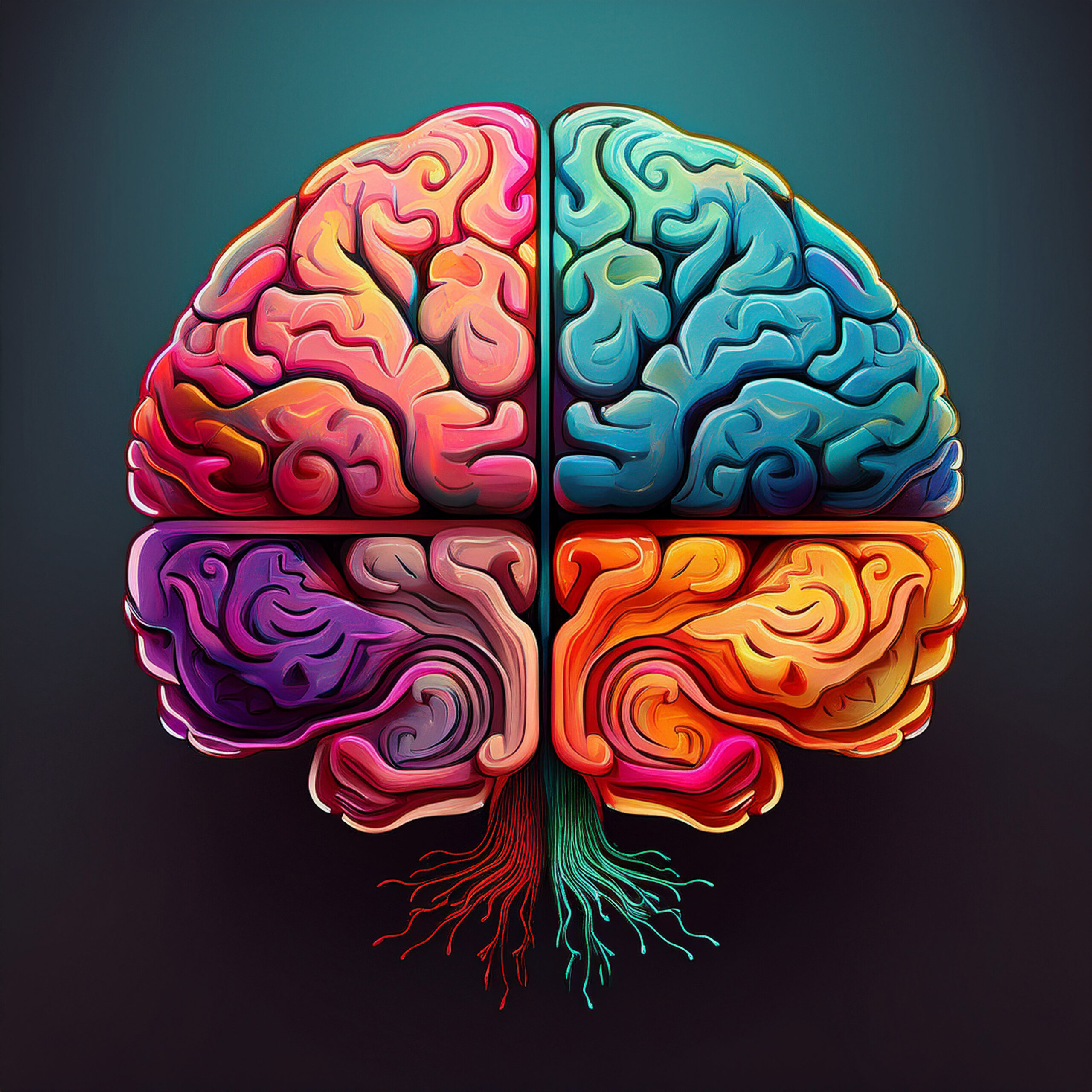A new study is shaking up how we think about autism’s origins, and it’s not just another brick in the wall of genetic research. Instead, it’s more like finding a secret passage in a house we thought we knew inside and out. The research, published in Nature Neuroscience and led by Dr. Łukasz Sznajder at the University of Nevada, Las Vegas, uncovers a direct molecular connection between myotonic dystrophy type 1 (DM1) and autism spectrum disorder (ASD). It’s all about how genes get “spliced” during brain development.
The Unexpected Link Between Myotonic Dystrophy and Autism
For years, clinicians noticed that people with myotonic dystrophy, a genetic condition known for causing progressive muscle weakness, were more likely to be autistic, but the molecular details remained a mystery. Dr. Sznajder and his international team dove into this overlap, asking a simple but powerful question: what’s happening in the brains of people with both conditions?
Their answer is that a mutation in the DMPK gene, which causes myotonic dystrophy, leads to the production of abnormal RNA. This RNA acts like a sponge, soaking up proteins from the muscleblind-like (MBNL) family, which are crucial for editing genetic messages in developing brains. When these proteins are tied up, the process of “splicing,” cutting and pasting gene instructions to make proteins, goes awry. The result is a cascade of mis spliced autism risk genes, ultimately changing how the brain develops and behaves.
Why RNA Splicing Matters
If you’re picturing a single typo in a recipe, think bigger. This is more like swapping out entire ingredients by mistake. As UNLV neuroscientist Rochelle Hines put it, it’s not the autism risk genes themselves undergoing mutation, but their expression and processing are modified downstream due to MBNL sequestration. This insight positions RNA mis splicing as a central mechanism connecting distinct neurological diseases.
The team didn’t stop at test tubes. They used mouse models with the same DMPK mutation and saw behaviors strikingly similar to autistic traits, social challenges, and repetitive actions. That’s a powerful proof of concept, hinting that correcting these splicing errors could one day lead to new treatments.
What Makes This Study Stand Out
- A fresh mechanism. Most autism genetics research focuses on changes in the DNA sequence. This study spotlights how gene instructions are edited after the fact, a process invisible until recently, thanks to advances in RNA sequencing.
- Complexity and comorbidity. About 95 percent of autistic children have at least one other condition, often neurological. This research helps explain why the same genetic disruptions can ripple out, affecting multiple systems at once.
- Therapeutic hope. Dr. Audrey Brumback, assistant professor of neurology and pediatrics at the University of Texas at Austin, says, “It’s important because it has the potential to develop treatments that target mis splicing so that the healthy versions of the proteins are produced.”
Looking at the Big Picture of Genetics, Environment, and the Puzzle of Autism
We know autism is highly heritable, genetics account for 60 to 90 percent of cases, but the details are messy. There’s a “laundry list” of genes involved, and most cases aren’t caused by a single mutation. This study adds another layer, showing that even when the autism risk genes themselves aren’t mutated, the way they’re processed can tip the balance.
As Dr. Ryan Sultan of Columbia University puts it, this is a landmark example of an RNA-mediated pathway to autism. It doesn’t account for all of autism, but it exposes one route among the many that lead to the spectrum.
What the Future Might Hold
This discovery opens new doors. Could screening for this splicing error help diagnose autism earlier in kids with myotonic dystrophy? Could drugs that restore normal splicing ease autistic traits, at least in some cases? Dr. Sznajder is optimistic. As we understand the linkage between gene and autism, now we can think about intervention.
And for the rest of us? It’s a reminder that the story of autism is far from finished. There are still hidden rooms in the house, some of them holding keys to better understanding and maybe even new ways to support autistic people and their families.
Sources referenced in this article include the UNLV News Center, The Star, Bioengineer.org, and the original publication in Nature Neuroscience. Additional context was drawn from BBC Future and public statements by the researchers involved.
Citations
- University of Nevada, Las Vegas. (2025, April 21). Scientists show clear molecular connection between autism spectrum disorder and myotonic dystrophy. UNLV News Center. https://www.unlv.edu/news/article/scientists-show-clear-molecular-connection-between-autism-spectrum-disorder-and
- Sznajder, Ł. J., Khan, T., Ciesiołka, J., Tadross, M., Nutter, C. A., Taylor, K., Pearson, C. E., Lewis, M. H., Swanson, M. S., Sobczak, K., & Yuen, R. K. C. (2025). Autism-related traits in myotonic dystrophy type 1 model mice are due to MBNL sequestration and RNA mis-splicing of autism-risk genes. Nature Neuroscience. https://doi.org/10.1038/s41593-025-01943-0
- The Spokesman-Review. (2025, May 7). ‘Landmark study’ led by UNLV shows new path to treat, prevent autism. https://www.spokesman.com/stories/2025/may/08/landmark-study-led-by-unlv-shows-new-path-to-treat/
- Bioengineer.org. (2025, April 21). Scientists uncover definitive molecular link between autism spectrum disorder and myotonic dystrophy. https://bioengineer.org/scientists-uncover-definitive-molecular-link-between-autism-spectrum-disorder-and-myotonic-dystrophy/
- Bioengineer.org. (2025, April 29). Autism traits in myotonic dystrophy linked to MBNL. https://bioengineer.org/autism-traits-in-myotonic-dystrophy-linked-to-mbnl/
- BBC News. (2010, June 9). Study identifies ‘many more’ autism genes. https://www.bbc.com/news/10275332
- Technology Networks. (2025, April 22). Autism and myotonic dystrophy share genetic link. https://www.technologynetworks.com/proteomics/news/autism-and-myotonic-dystrophy-share-genetic-link-398726










